When you’re a tea nerd like me, sometimes the best way to find new discoveries is just to camp out on social media and . . . lurk. Facebook is the perfect place for this totally-not-creepy behavior because of the myriad of tea groups out there. Even some specifically geared toward the practice of tea growing. A lot of my knowledge about tea growers in the United States came from such [totally normal!] lurking perusal. Such as this series of photos posted by a grower local to me, David Hathaway:

Apparently, there was a tea farm in Virginia, and it completely escaped my notice.
The operation was called “Virginia’s First Tea Farm”, very apt and to-the-point. What made me further giggle was where the garden was located; in a town called Spotsylvania. How perfect. To sate my curiosity, I got in touch with the veritable “farmer’s daughter” of the operation—Joanna. She filled me in on figuratively everything about the garden.

Starting with her parents . . .
Her mother, Unchon Kil, hailed from the rural part of Hadong county. Anyone in the tea world could tell you, that’s tea growing country. But we’re not there yet. She met a USAF airman stationed there, one Louis Ramos. Not long after that, they were married, and made there way back to Virginia.
After starting a family, and travailing their way through various retail businesses, the couple decided to return to something more natural. They picked up a plot of land and considered giving tea growing a try. Luckily, they had some contacts back in South Korea they consulted with.
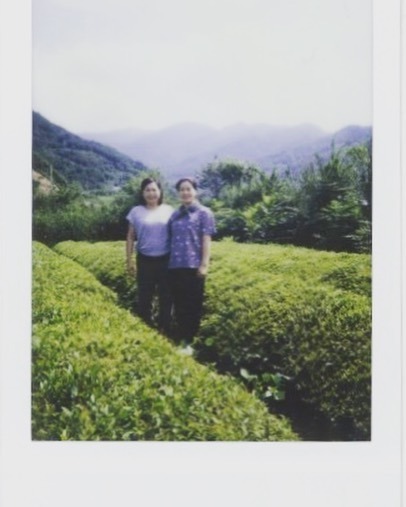
From there, they picked up some South Korean “wild” seeds, and got to plotting. 7 acres of tea seed went in the ground in 2012 on the 80-acre farm, and in the meantime, they waited. Before the plants were mature enough for a bonified tea yield, they used what leaf material they could muster from the burgeoning plants, and did the next best thing. They made soaps out of ’em.
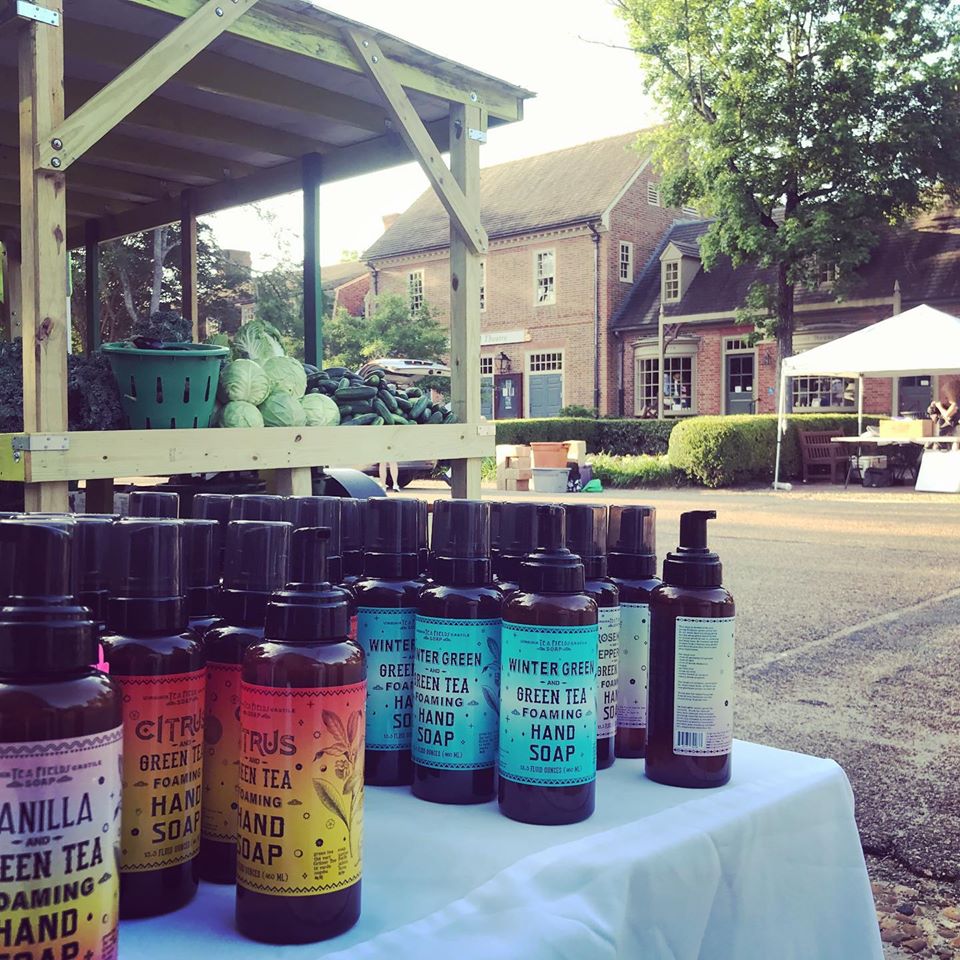
And became a fixture at local farmers markets.
I have no information on when they began their first legitimate tea harvest, but by the looks of their Tumblr page, they were doing experiments with Korean-style green tea as early as late-2017. Joanna (the daugher, remember?) informed me that their tea processing techniques were all Korean inspired. My takeaway from that was that they produced a green tea by alternating between pan-frying and steaming, followed by gently rolling. I’m not too well-versed on Korean green tea making, but from what little I read, it’s a hybrid technique between Chinese and Japanese practices.
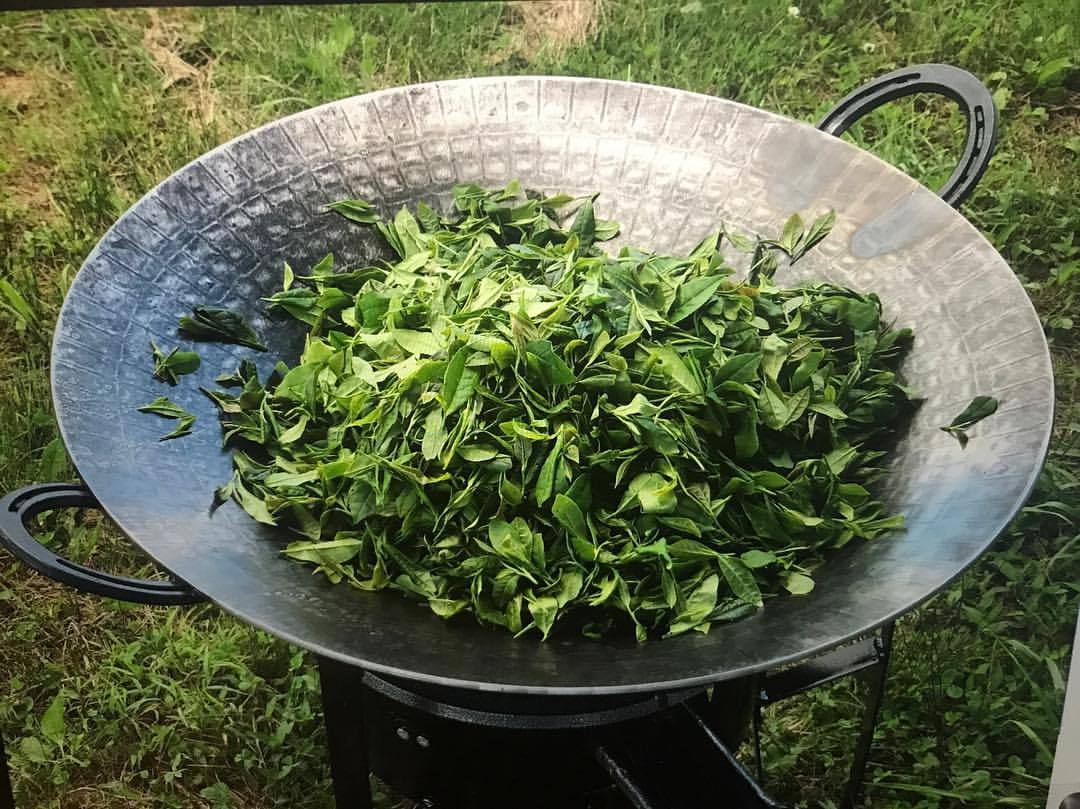
As for the black tea pictured above? I have . . . no idea how they made that. If it was anything like Korean oxidized teas, I’d say it’s approached a lot like Korean greens, save for the kill-green process. Meaning, no steaming or extensive pan-frying; unless they used a pan or wok to speed up oxidation. Yeah, I know, I should’ve inquired further. But I digress . . .
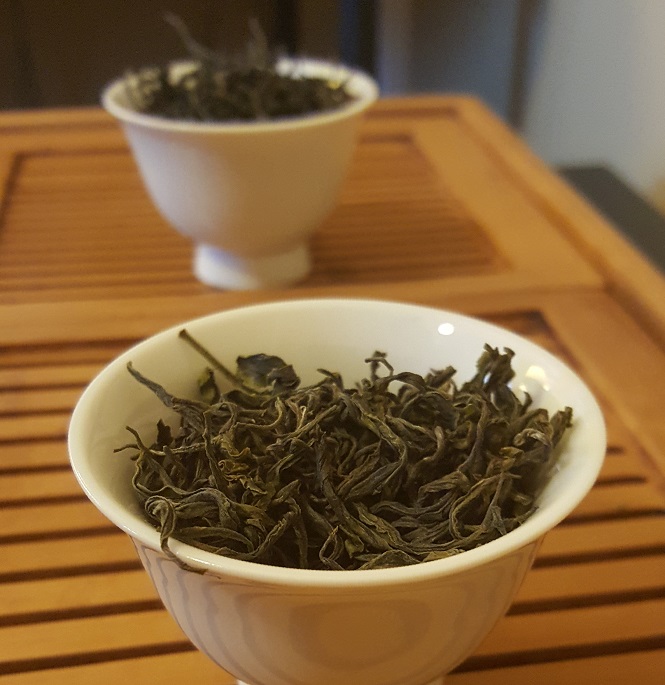
Through Joanna, I was able to make a purchase of both their green tea and black tea. Y’know, for science. The package arrived before the autumn ended, and I dug in (I think?) a week later.
Black Tea
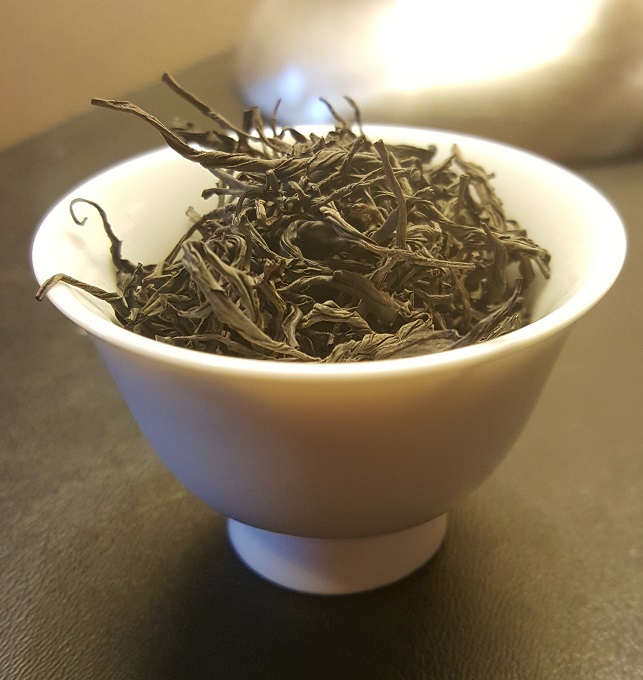
The black tea smelled and taste like a lot of different ones I’ve tried, and like none of them. Part of that might have been the unusual processing. The leaves had faded black appearance, but the smell was bursting with half-ripened grapes and fresh wintergreen.
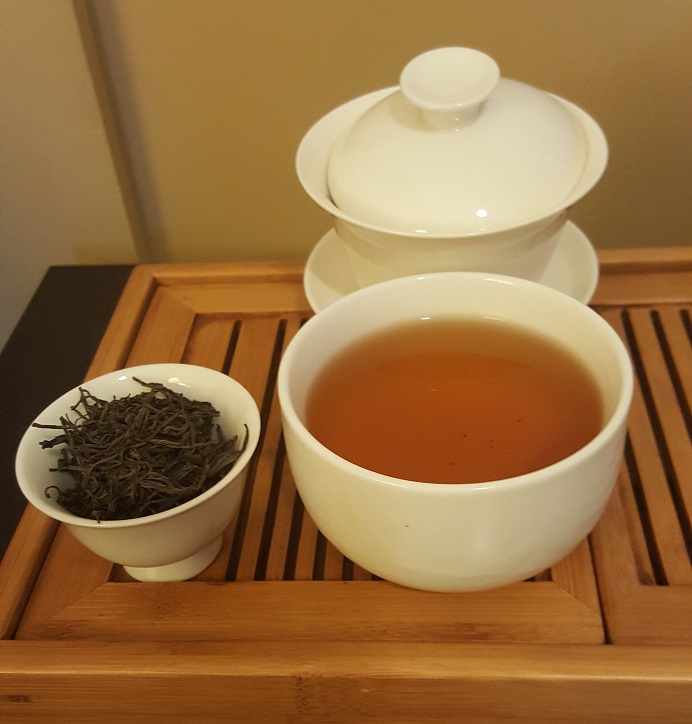
The liquor brewed to a lighter end of cherry. The taste reminded me of some sort of amalgamation of Balhyeocha by way of Ming Hong, with the notes of a Caucasus region black tea. Raisins sprinkled with candycane dust, and melted together with snow. I’d never had anything like that before.
Green Tea
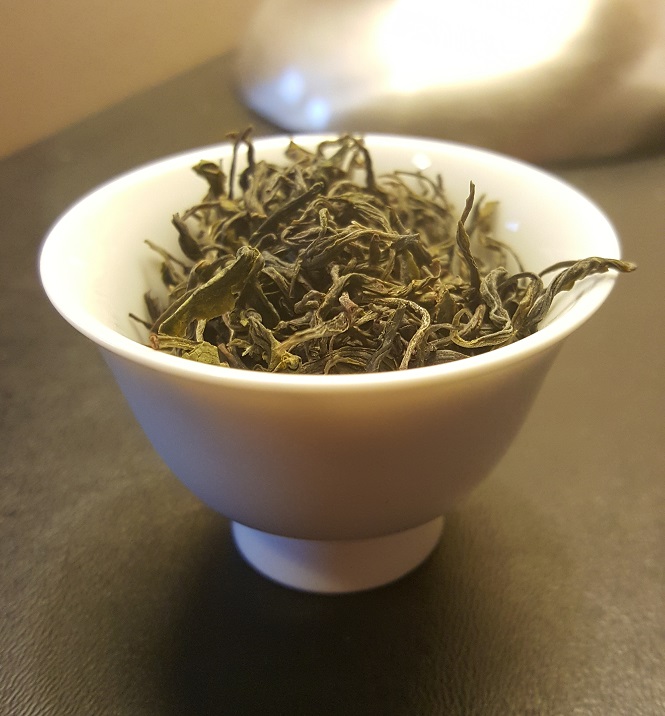
The dry leaf looked every bit like a Korean green tea. From sight all the way to smell. The aroma had the same minty note as the black, but also the depth of a Mao Feng. A nut sweet aroma came out of those leaves, but it went up my nostrils in a roundabout way . . . triggering my “tea poetry” gland along the way.
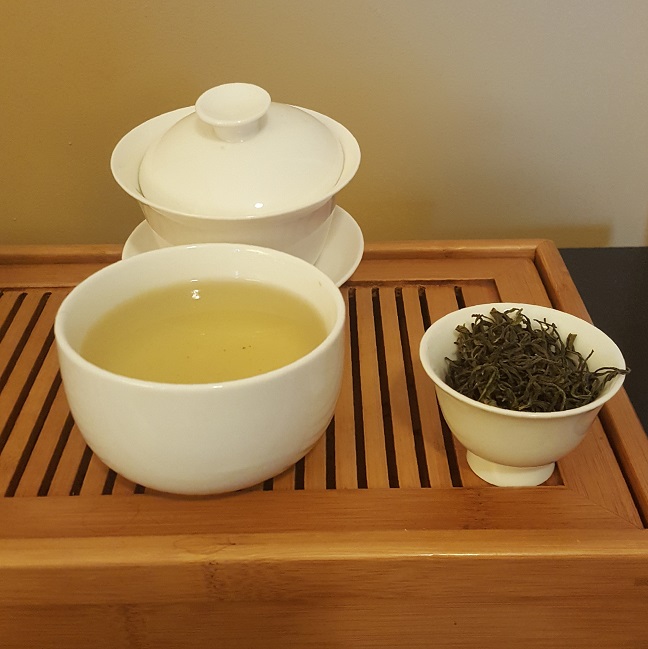
It brewed up light with steam aromatic notes similar to a sencha, but with the sweetness and nutty character of a Chinese green. The initial sip was fresh, kinda zesty, and deep. As I tried to savor the taste, the rest of my taste buds were greeted by an explosion of savory—and very “green”—notes. I want to say they were umami, but that wouldn’t quite do the flavor ‘splosion justice. For so deceptively light a brew, it packed a wallop.
Do I have any idea what the Spotsylvnian “terroir” is like from the examples provided by these two teas. Nope, not by a long shot. I do have a good idea of the love and care that went into making them, though.
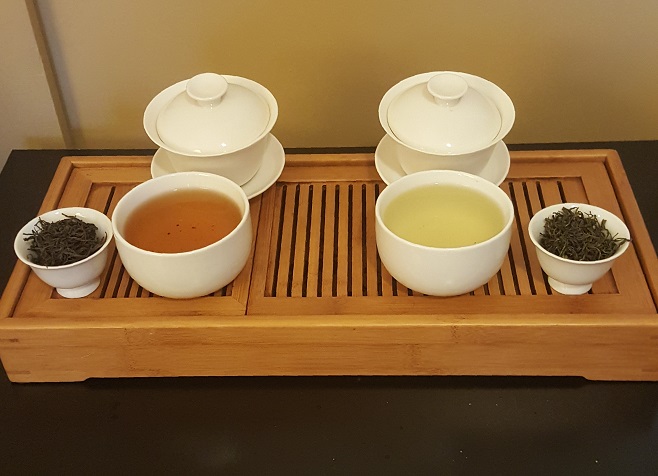
These were tea bushes grown from seed, that hailed from semi-feral plants in South Korea. To keep them unfettered and un-tampered as possible, the family Kil Ramos have kept their growing practices as natural as possible. And if anything, that showed up in their tasty brews.
Er . . . as to the soaps and shampoos they make?
That’s another blog.
Maybe.
Minus any further lurking in the tea bushes.
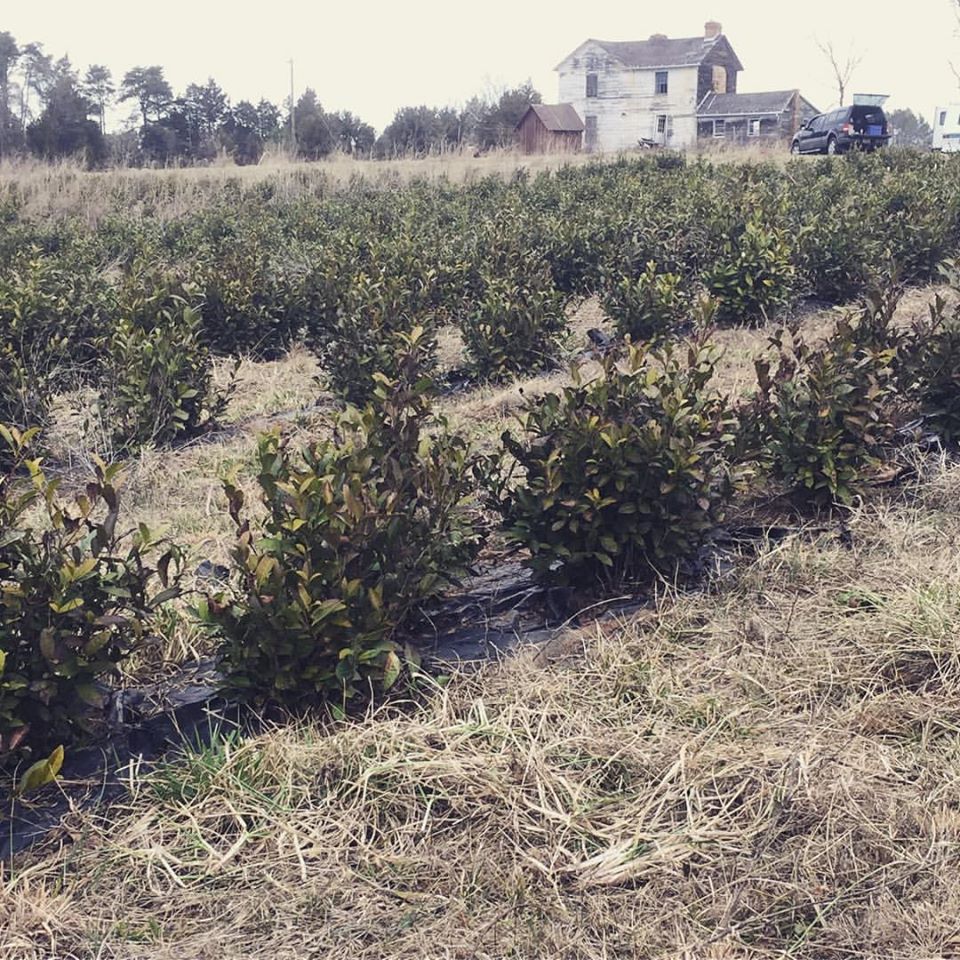
For their website, go HERE.
To buy their teas, contact them at virginia.teafarm@gmail.com.
Leave a Reply